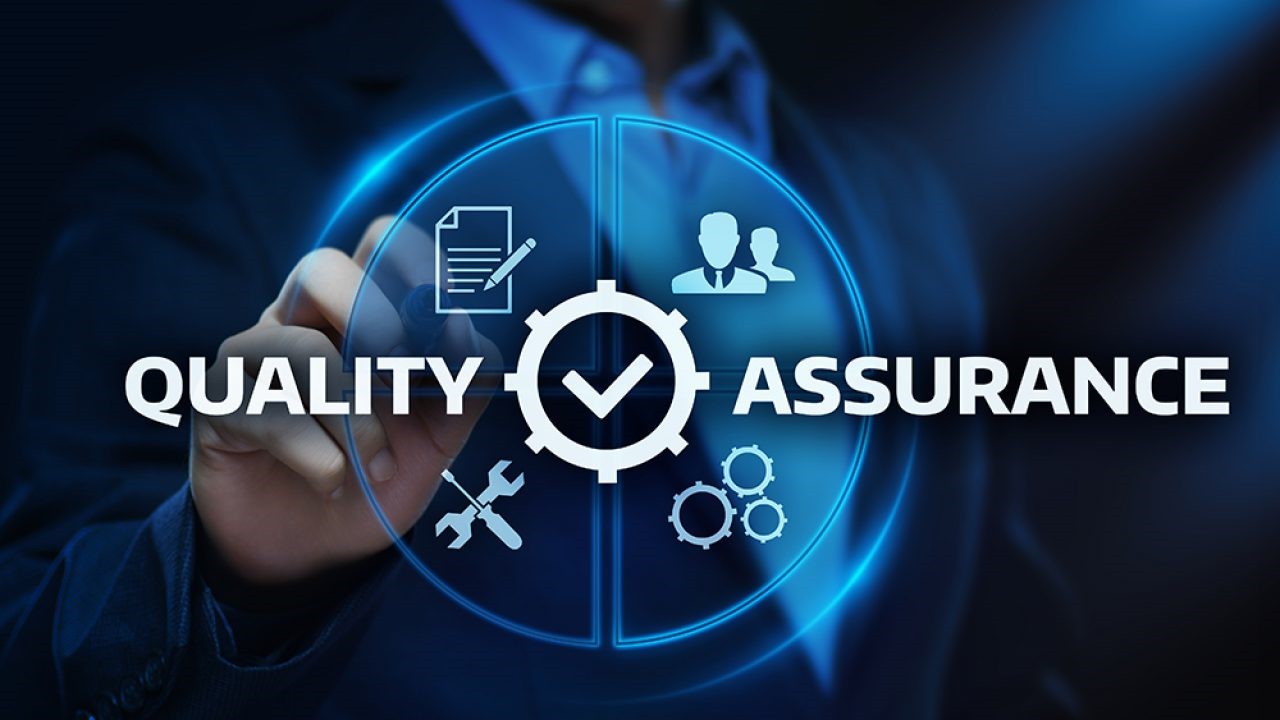In the ever-evolving realm of modern businesses, where global connectivity is the cornerstone of success, surpassing language barriers is a non-negotiable priority for organizations of all sizes.
In that regard, when enterprises venture into international markets, forge partnerships with diverse teams, and serve customers in a multitude of languages, utilizing a robust translation management system (TMS) emerges as a vital asset, ensuring coherence, precision, and efficiency in translation endeavors. Nonetheless, selecting an apt TMS demands evaluating diverse facets and functionalities harmonizing with an organization’s distinct requisites and ambitions.
To make things easier for you, this article focuses on the key considerations and features you should look for when selecting a TMS for your company’s needs.. However, before we get there, let’s quickly see why having a comprehensive TMS by your side is truly important if international expansion is on your mind.
The Importance of Having an Enterprise TMS
As a cornerstone of operational efficiency, a comprehensive enterprise translation management system serves as a catalyst, expediting and automating translation workflows. This technological asset empowers businesses like yours to skillfully navigate linguistic resources’ intricacies, ensuring seamless and uniform communication across a diverse spectrum of languages.

Whether we talk about drafting product documentation, strategic crafting of marketing materials, the precision required in legal agreements, or the clarity indispensable in internal correspondence, the accuracy of translation emerges as the linchpin that upholds brand credibility and regulatory adherence.
Now that you have a better idea of why you need to get a TMS to have a successful international expansion, here are the key considerations and features to keep in mind when selecting an enterprise TMS.
Key Considerations and Features
Integration Cabapilities
First things first, the ability of an enterprise TMS to seamlessly integrate with existing systems is extremely important. This integration extends to content management systems, customer relationship management tools, eCommerce platforms, and other pertinent software, such as Salesforce, Zendesk, Shopify, WordPress, and more. That being said, you can easily customize your entire translation workflow according to your needs by connecting the TMS with your preferred software tools with the help of built-in connectors.
Also, you need to ensure that your TMS supports the file formats you use on a daily basis, from web and mobile apps to text documents, spreadsheets, and email templates. By offering this versatility, the TMS accommodates your diverse translation needs, maximizing efficiency and accuracy.
This synergy eliminates the need for labor-intensive manual text entry, significantly mitigates the potential for errors, and markedly expedites the entire translation process. This facet is a cornerstone for optimizing efficiency and ensuring accuracy in the multilingual translation journey.
Scalability and Flexibility
Next in line, with the organic growth of your business, the demand for translation services are likely to surge. Therefore, here, the chosen enterprise translation management system assumes a pivotal role.

Its capability to seamlessly scale becomes indispensable, adeptly accommodating amplified translation volumes while upholding optimal performance standards. Equally crucial is the TMS’s inherent flexibility, enabling it to adapt to evolving requirements swiftly.
This adaptability extends to supporting diverse content types and formats, ensuring its relevance in handling a spectrum of materials, from textual documents to multimedia presentations and more. In the present dynamic landscape, a TMS’s scalability and flexibility are crucial elements for sustained operational success.
Quality Assurance Tools
Next, safeguarding the translation quality stands as a cornerstone. An enterprise translation management system should encompass integral quality assurance tools like translation memory, terminology management, and automated quality checks.
In the end, these embedded tools play a pivotal role in maintaining uniformity in both terminology and style across diverse translations. Translation memory ensures the reuse of previously translated content, enhancing consistency. On the other hand, terminology management upholds accuracy by adhering to predefined terminology.
Additionally, automated quality checks scrutinize translations for errors, guaranteeing adherence to rigorous quality benchmarks. This collective arsenal of quality assurance features the TMS’s ability to deliver accurate and coherent translated content consistently.

Collaboration Features
Translation processes involve multiple stakeholders—translators, reviewers, and project managers. Within this intricate framework, a robust enterprise TMS emerges as a facilitator of seamless collaboration.
Thanks to the built-in notification features and the real-time chat functionality of the TMS, with the right software solution, you can achieve top-notch collaboration among team members by providing them with the needed collaboration features. Needless to say, these collaboration features heighten operational efficiency and effectively curtail potential bottlenecks.
By providing a harmonious platform for stakeholders to interact and contribute, the chosen TMS should significantly streamline workflows, promoting both precision and practicality in the translation journey.
In Conclusion
The right enterprise translation management system can be a game-changer in the modern global business landscape. It streamlines processes, ensures consistency, and empowers organizations to communicate effectively across linguistic barriers.
When selecting a TMS, consider the integration capabilities, scalability, customization options, collaboration features, and quality assurance tools, among other things. By carefully considering these factors, you and your team can make an informed decision that aligns with your unique needs and paves the way for successful global communication.



